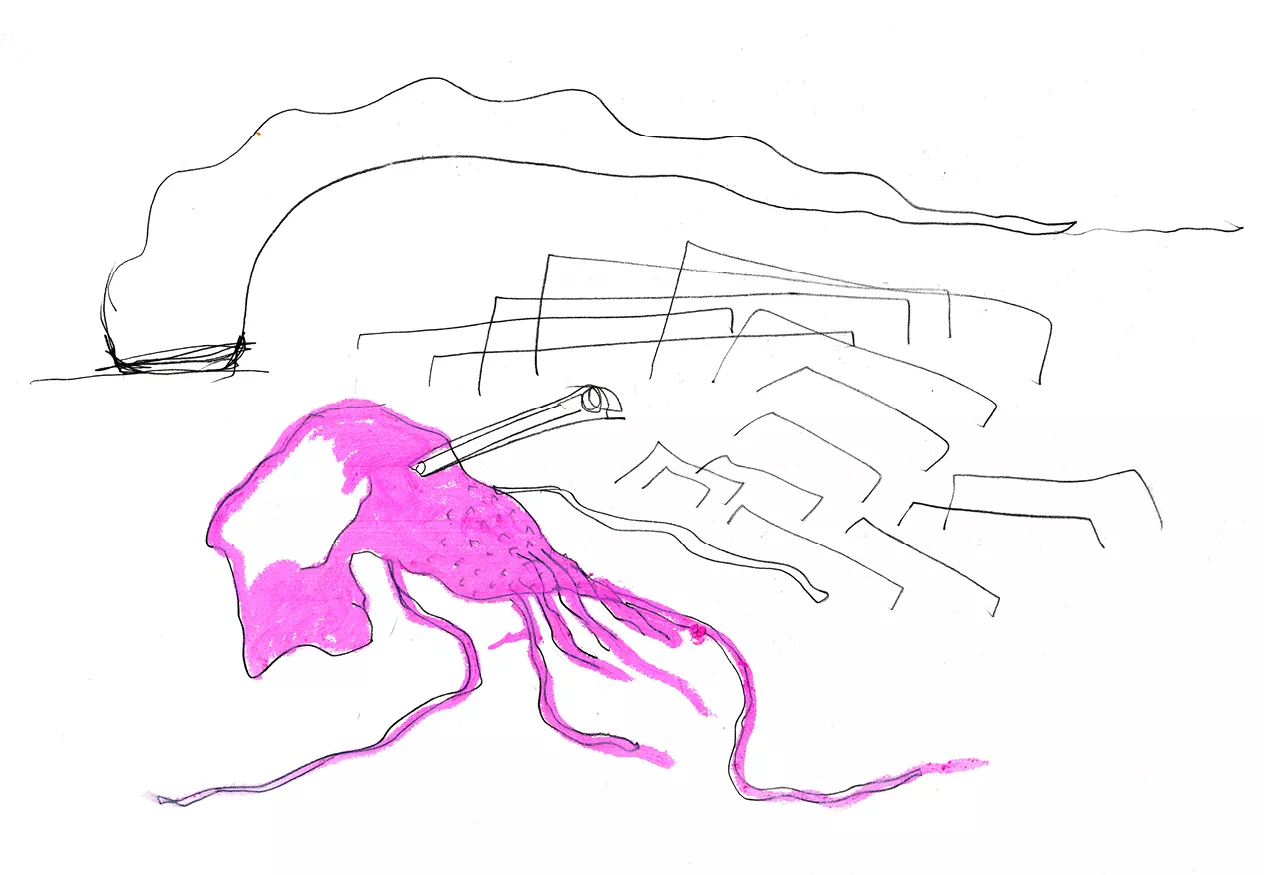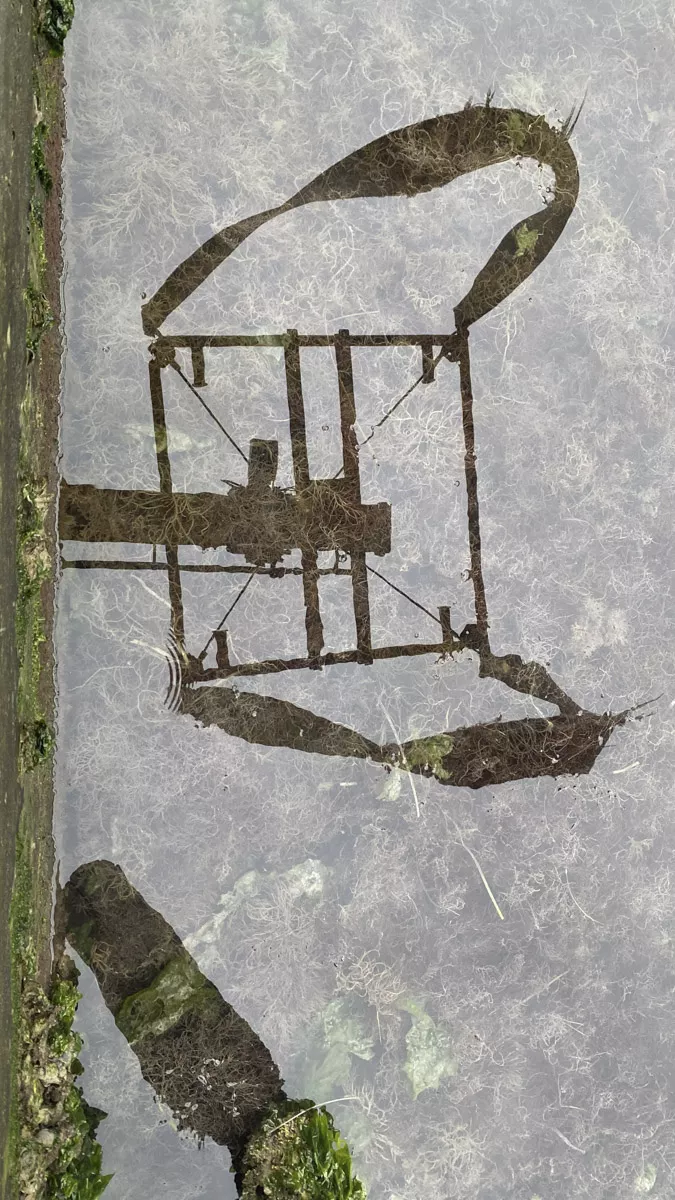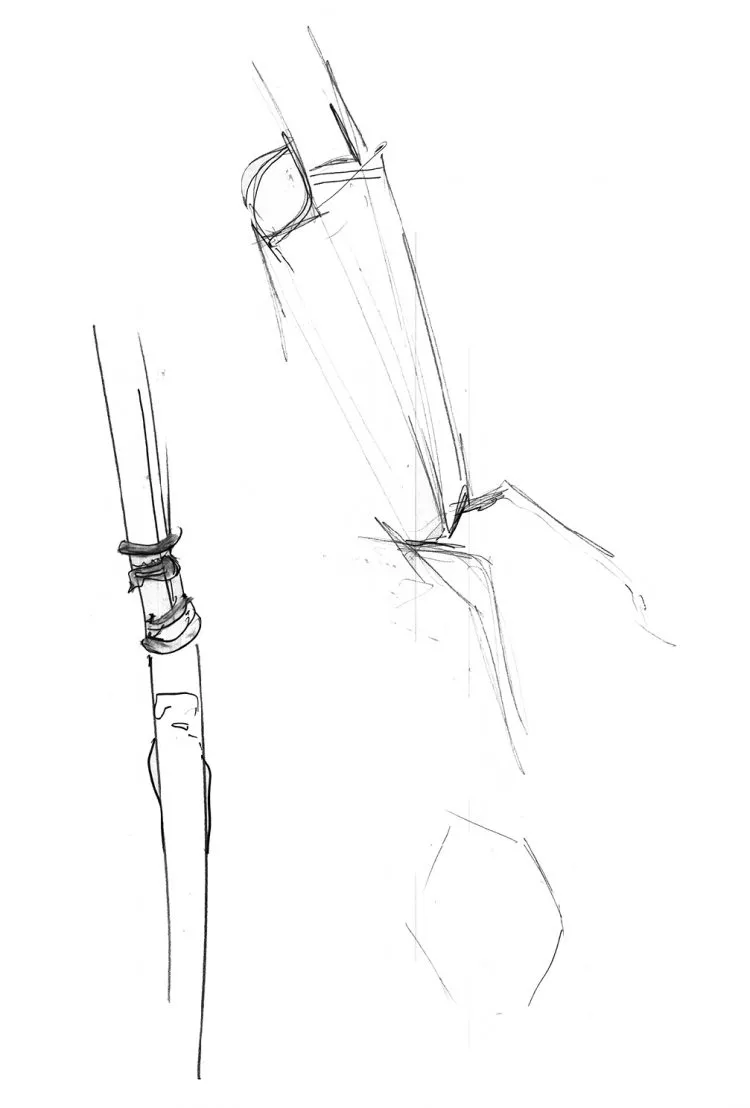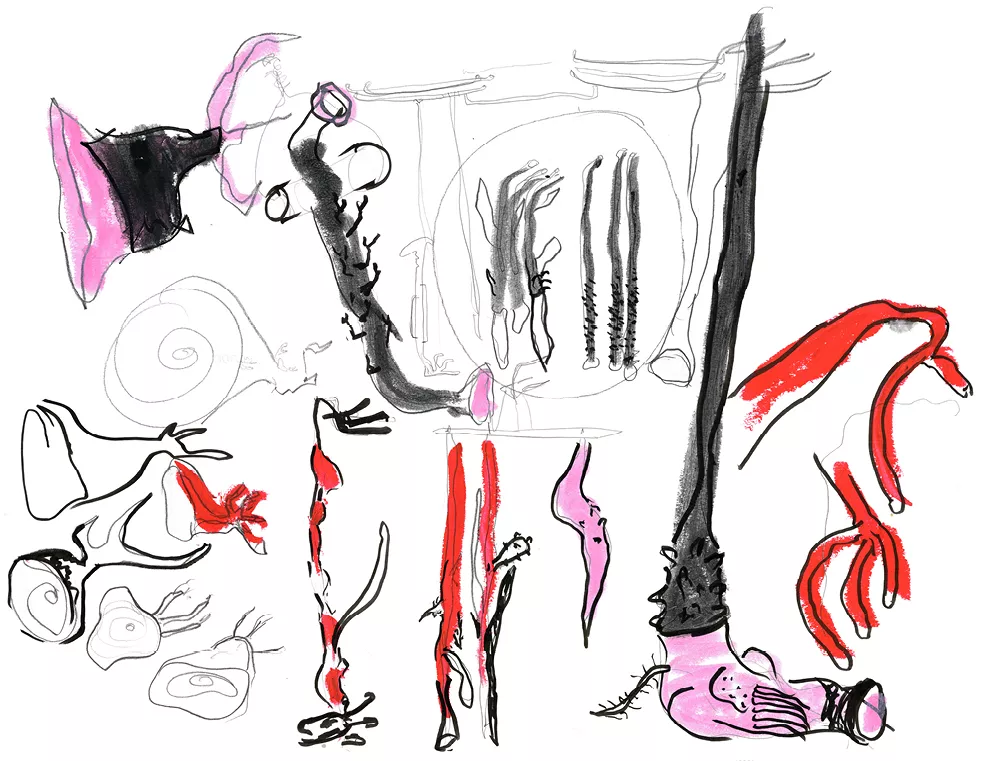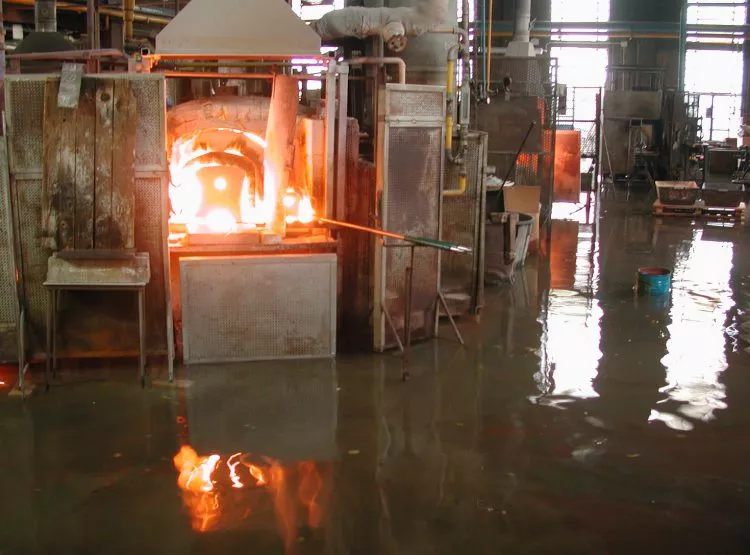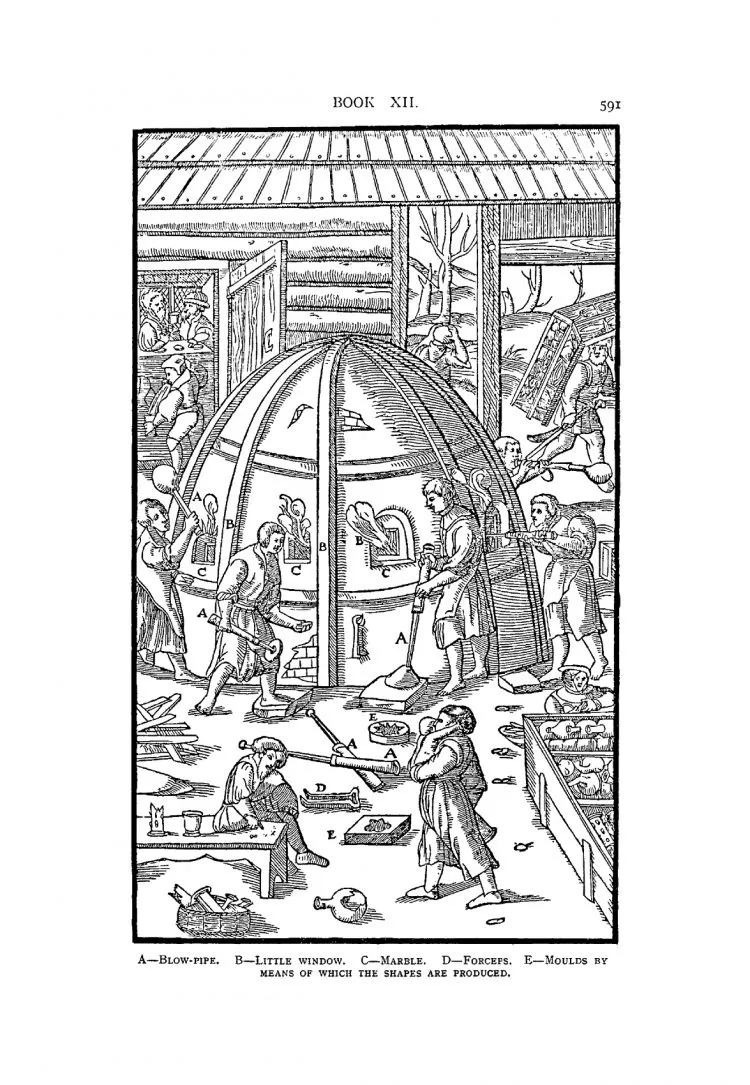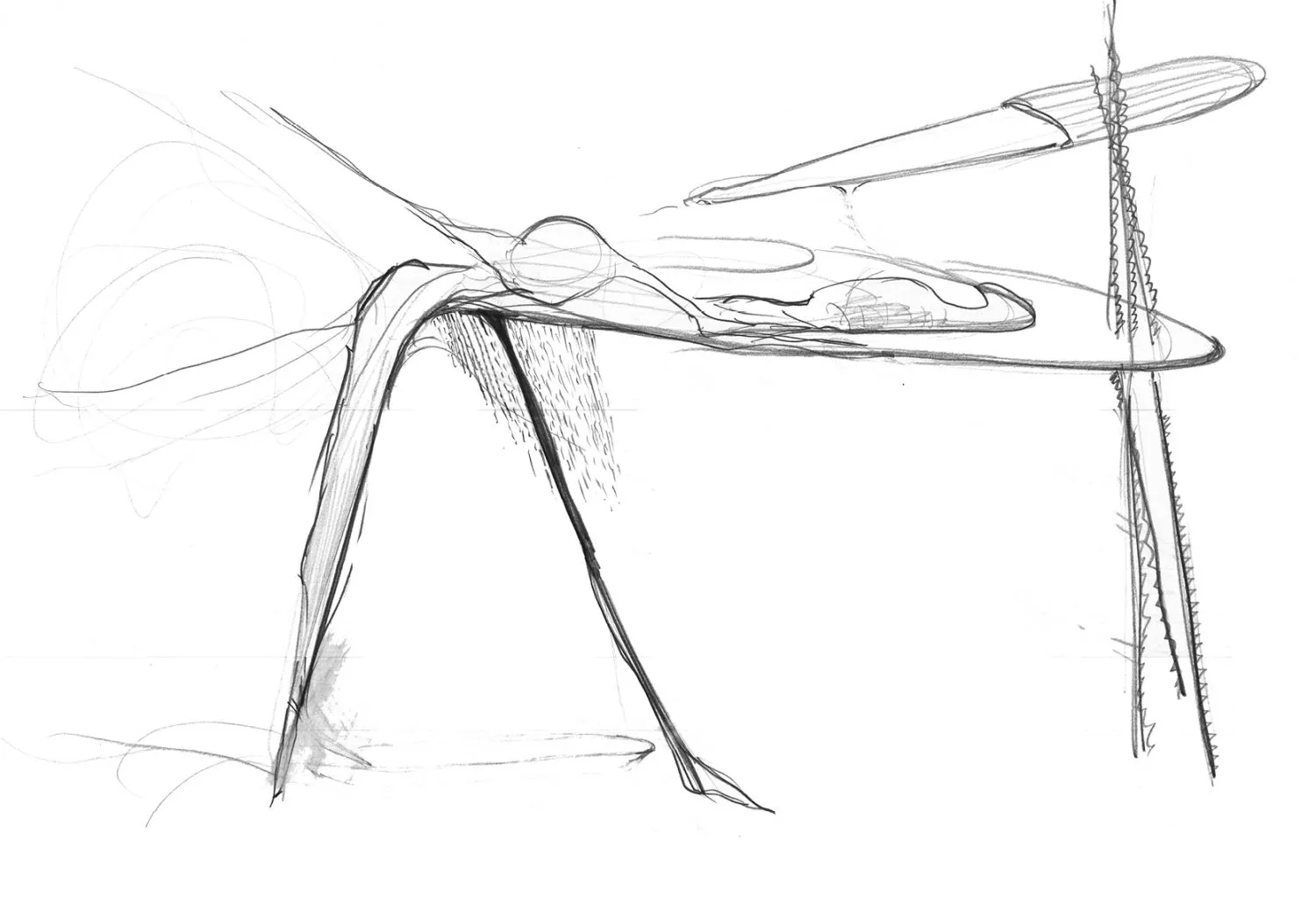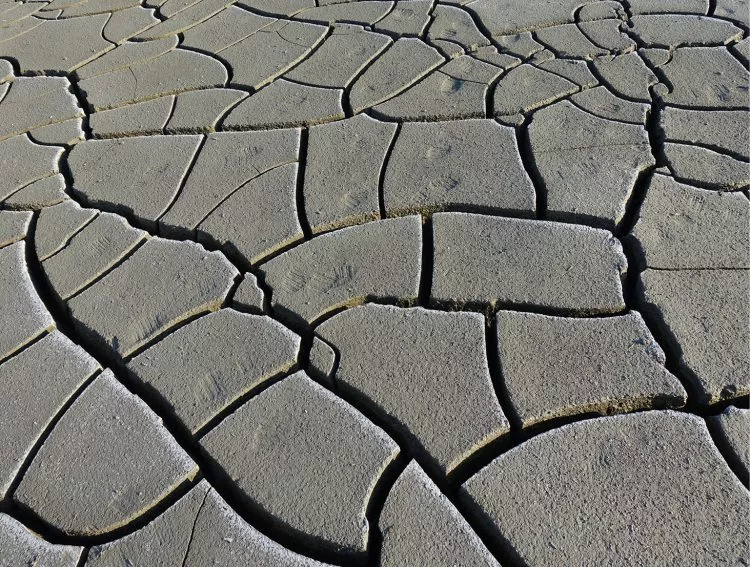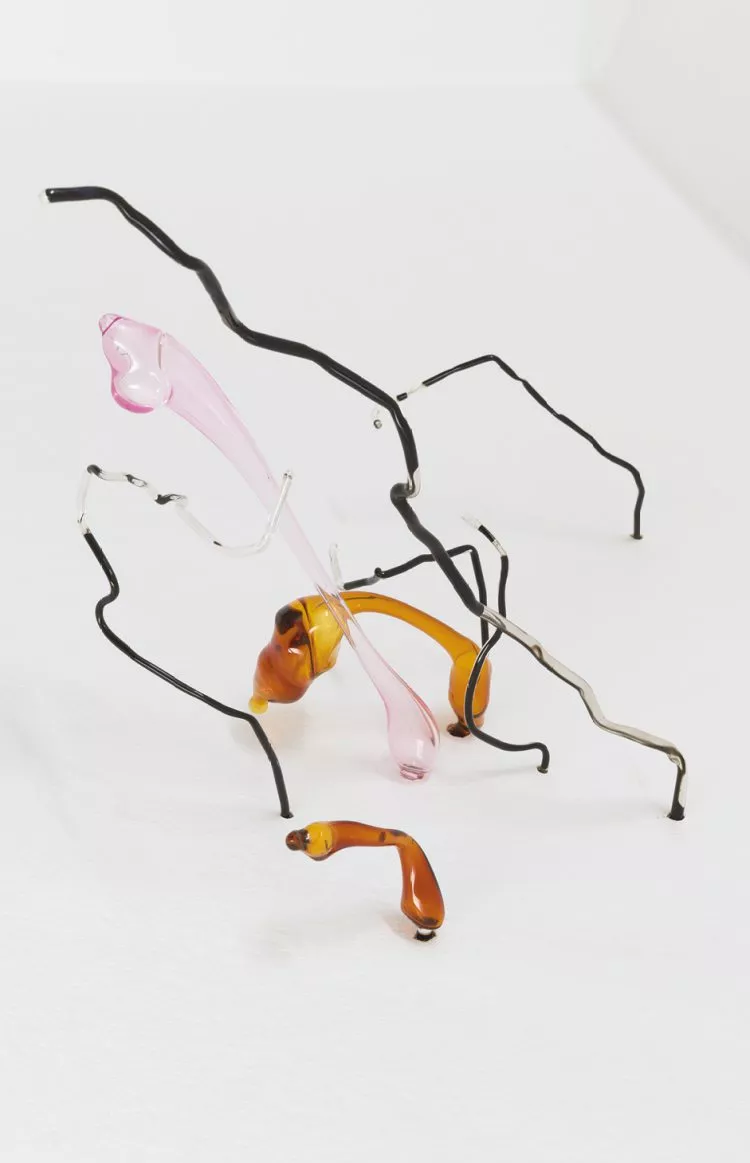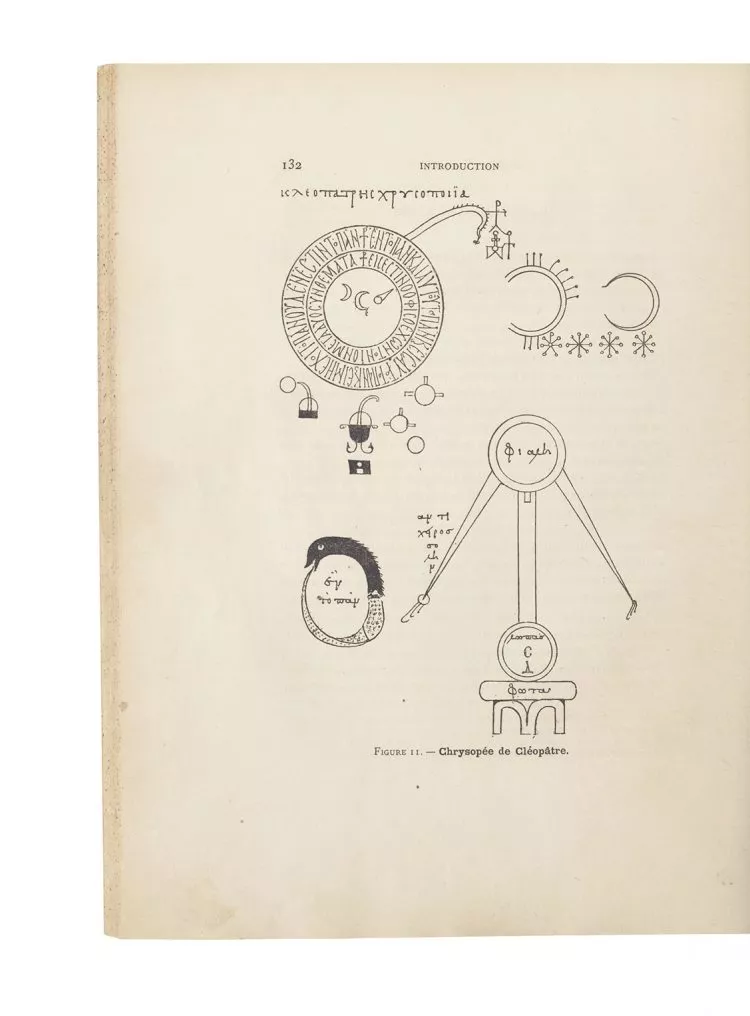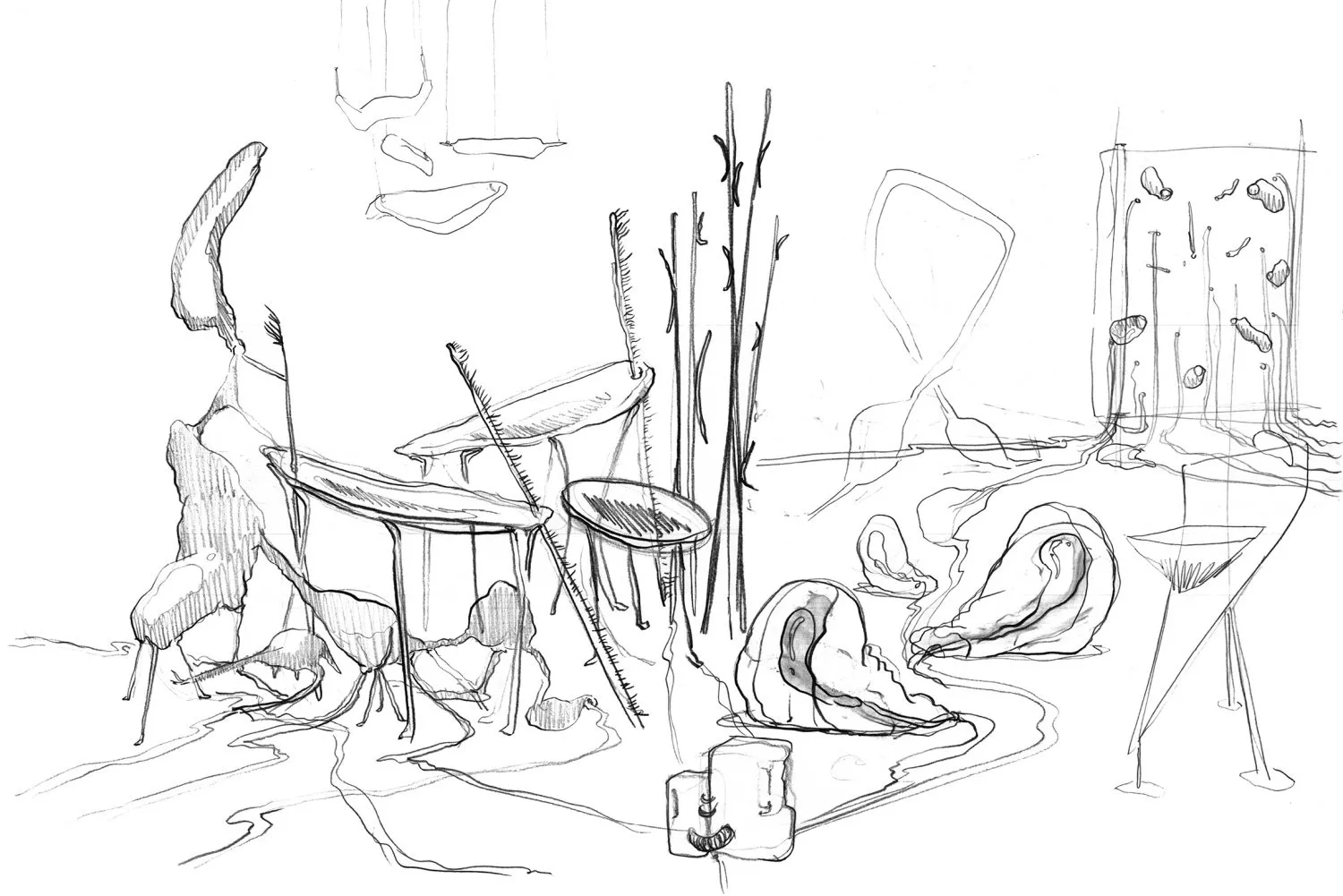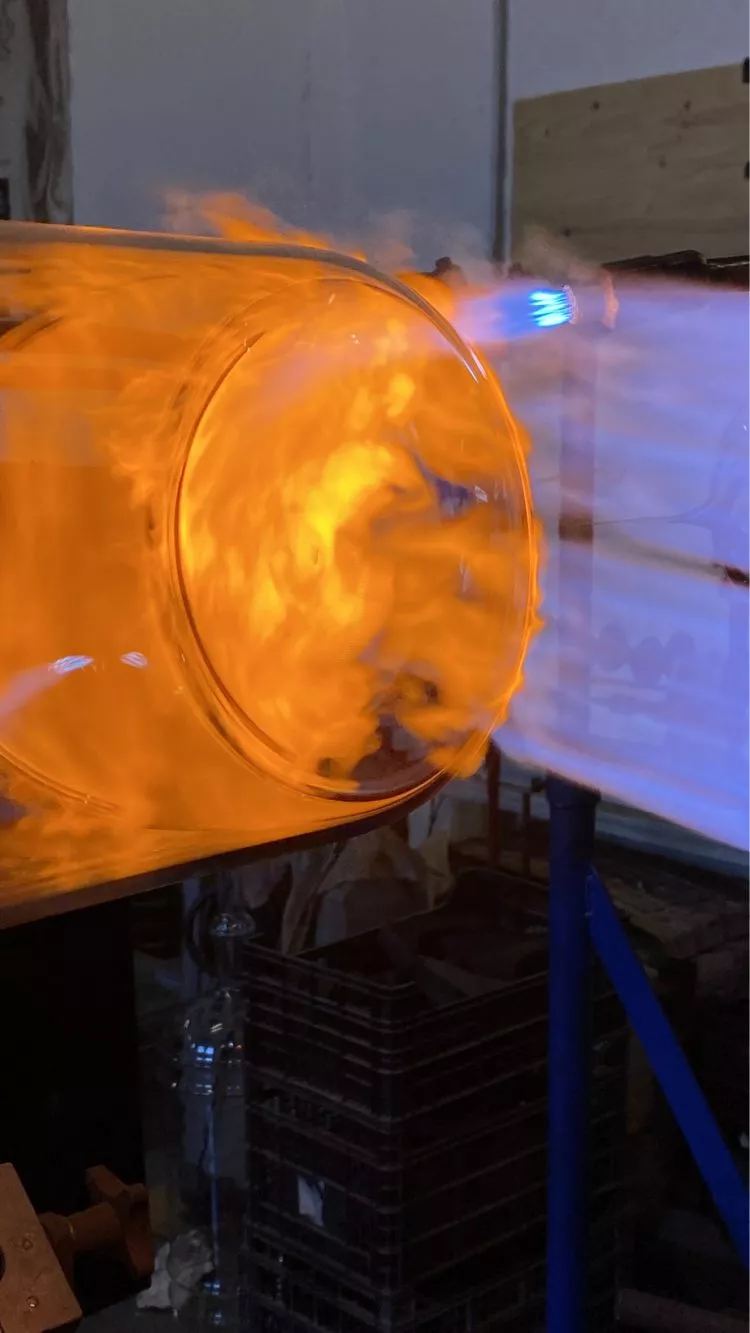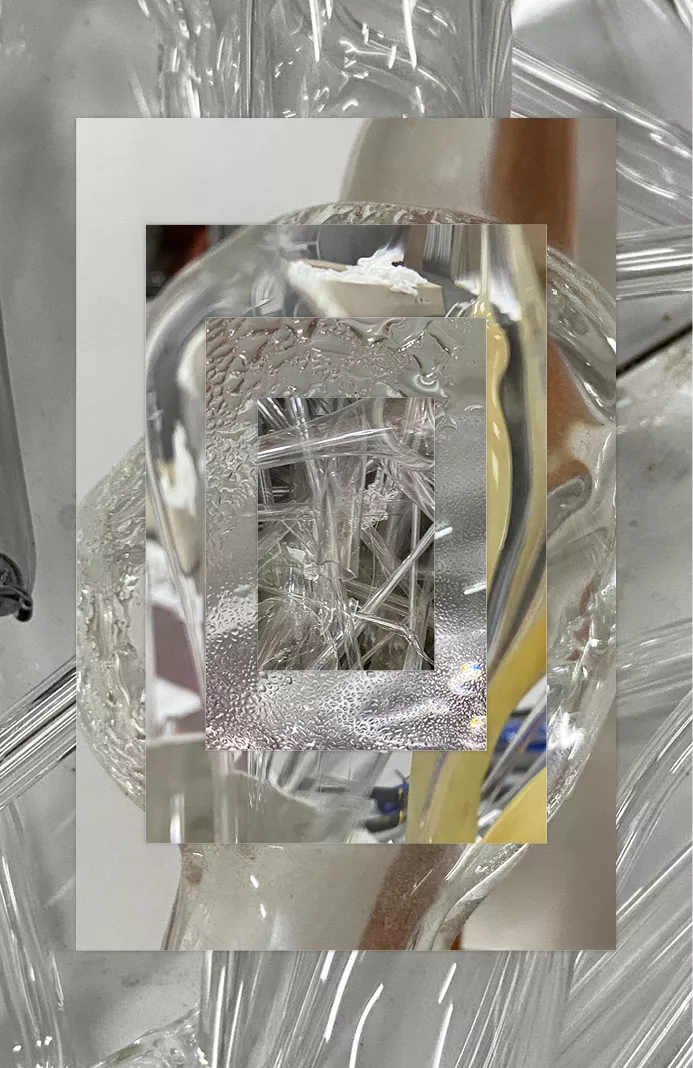A fusible stone at the same time as a solid
juice. Glass is the
very manifestation of ambiguity,
according to the words the
first traveler used to describe its industry in Venice.
The same can be said of the city; it has been cradled
throughout the centuries in a precarious balance
between a solid state and a liquid one.
Venice emerges from the sediments supplied by
the rivers that flow into the lagoon,
although it is under perpetual threat of disappearing
into the waters of the Adriatic.
LLIM (silt) discreetly adheres to the canals and the glass tubes,
connecting them, and, as it circulates,
it progressively assimilates the layers that make up the place.
Without being able to distinguish cause from effect,
or interior from exterior, in Venice LLIM conducts
itself like a Klein bottle:
it is a situated manifestation of the viscous behavior of matter.
That a city surrounded by water became the glass-making
center of the western world in the 13th century
is a circumstance that is entirely due to viscosity:
the ability of glass and water to reversibly mutate between states
of matter keeps them open to collaboration
and facilitates their coexistence.
Water has fertile power because it becomes silt
when in contact with the
earth.
From the black mud of the Nile, the fertile land, comes the Arabic word
khemia, alchemy,
which has historically found a source of inspiration in glass,
and its practitioners used it for the transmutation of base metals.
LLIM does not aspire, in any case, to the obtaining of gold nor of the quintessence:
it moves the foundation of Venice with the same calm that it
metabolizes and returns the materials to their
origin.
